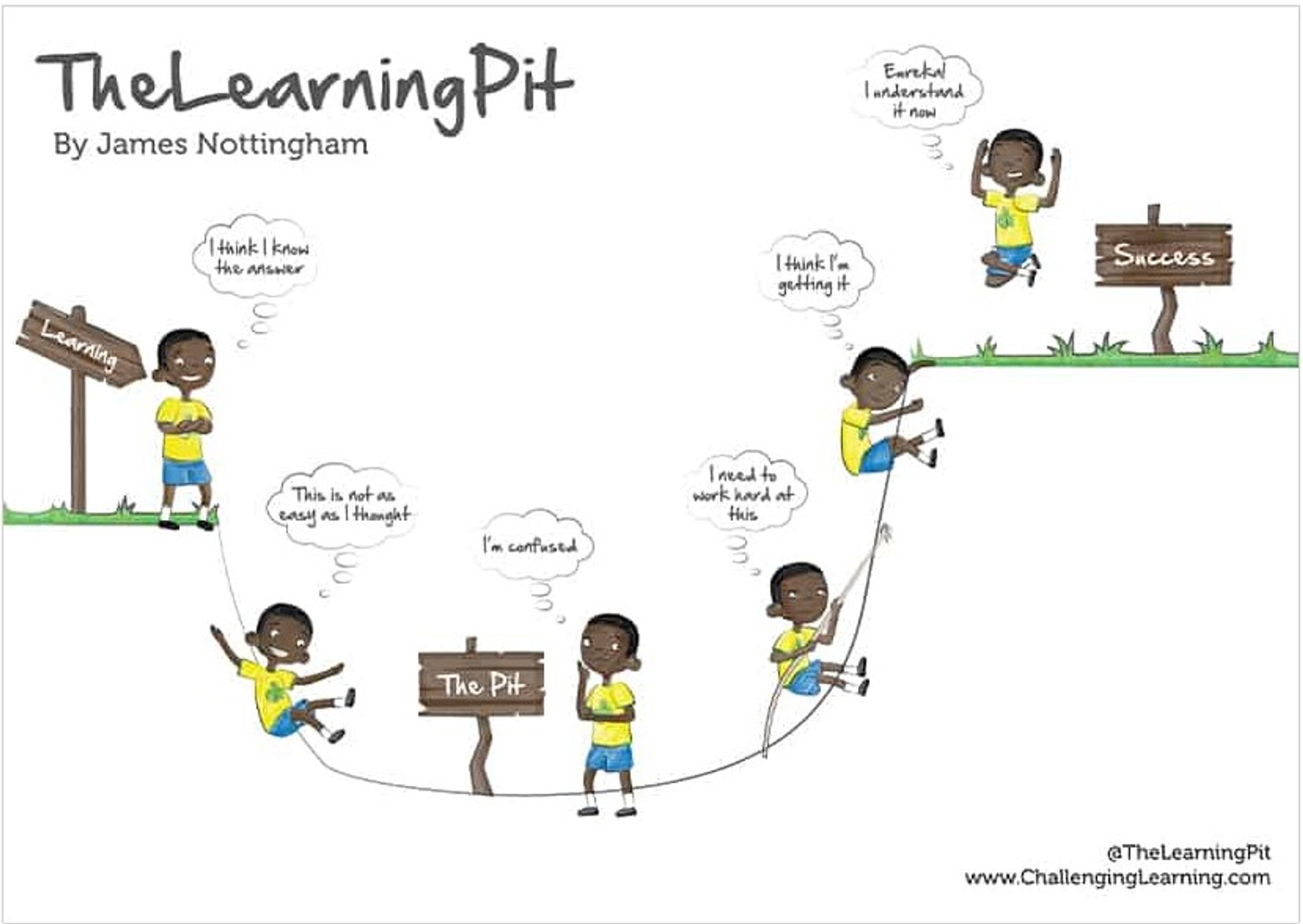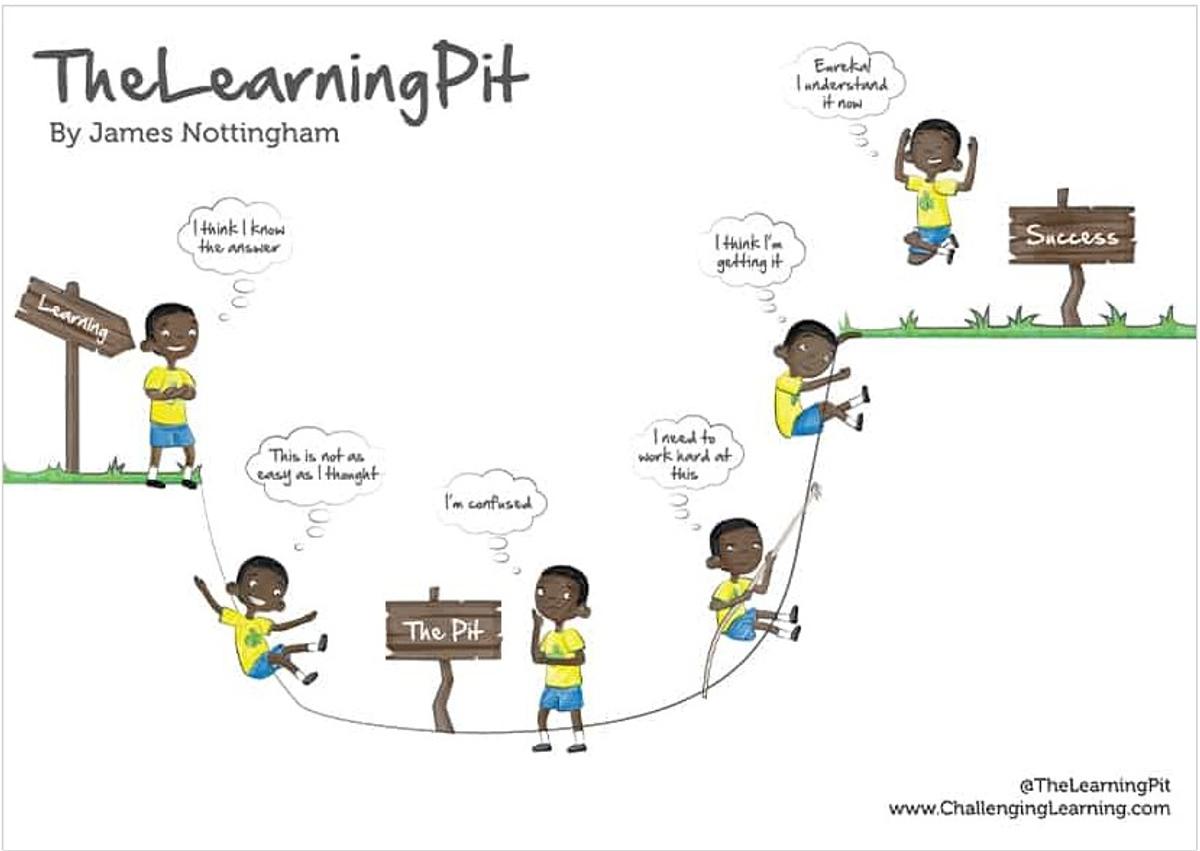Assistant Principal's Report

Student Voice Team
In my absence, Paul chaired the last Student Voice Team meeting. During this meeting the team thought about some displays that might be useful in the Meeting Room, which is used by many students and groups throughout the week for various purposes.
Students decided that it would be helpful to have some posters around wellbeing, such as ones explaining how to do certain breathing techniques, positive affirmations, posters advertising the different lunch clubs that occur each week, and photos of activities that have occurred around the school.
One of the main goals of the Student Voice Team is to give students across the school more voice and agency to improve student wellbeing and learning.
So far most of the Student Voice Team’s focus has been on the area of wellbeing. The team have recently decided to put their attention to the learning environment and will ask their classmates to consider the sort of things they would like to see in the classroom environment that would have a positive impact on their learning. I will keep you updated with where they take this next!
Challenging our Learners
To support our students to be engaged and motivated learners at and beyond school, it is important for them to understand that learning is challenging. You may recall in a previous newsletter where we shared the Learning Pit - as displayed below.
At Fairfield Primary School, students learn about the Learning Pit and are encouraged to challenge themselves in their learning journey. Teachers refer to the Learning Pit as something that all people encounter and normalise. Students are reassured that the sometimes uncomfortable feeling that comes with challenge is okay, and by experiencing success, they build resilience and gain the confidence to continue challenging themselves.
Stage 1: Concept
- In this stage, students are presented with a concept or idea that they already have a very basic, surface level understanding of.
Stage 2: Conflict (Otherwise known as the Learning Pit!)
- Students move into the Learning Pit. This is the challenging stage, which gets them thinking more about the concept so that they can understand it more deeply.
- Students are encouraged to question what they do not understand to move out of the pit by finding answers to their questions.
Stage 3: Construct
- This stage is about students starting to construct some meaning from the previous questioning stage.
- Students begin to link multiple ideas together by considering different options, points of view, and explaining cause and effect.
Stage 4: Consider
- Once the students understand the concept more deeply, they can reflect on their learning journey and apply the process to other learning challenges.

